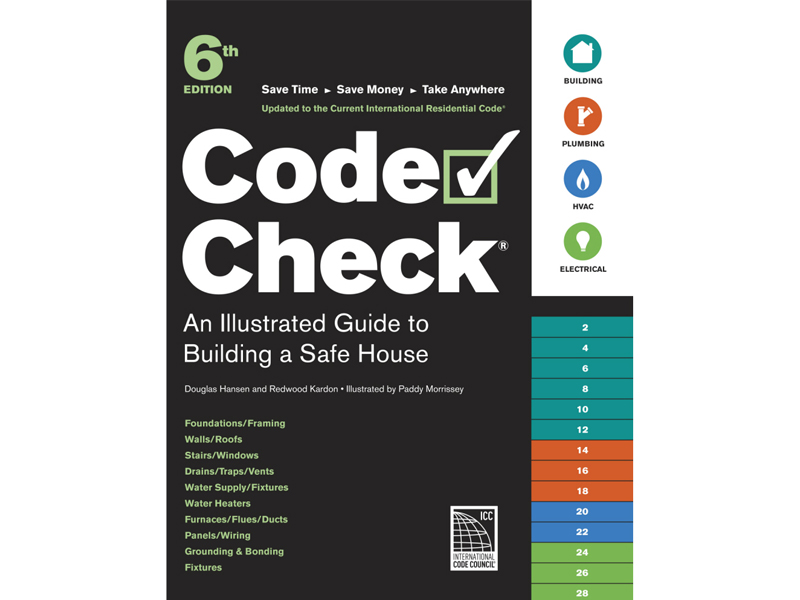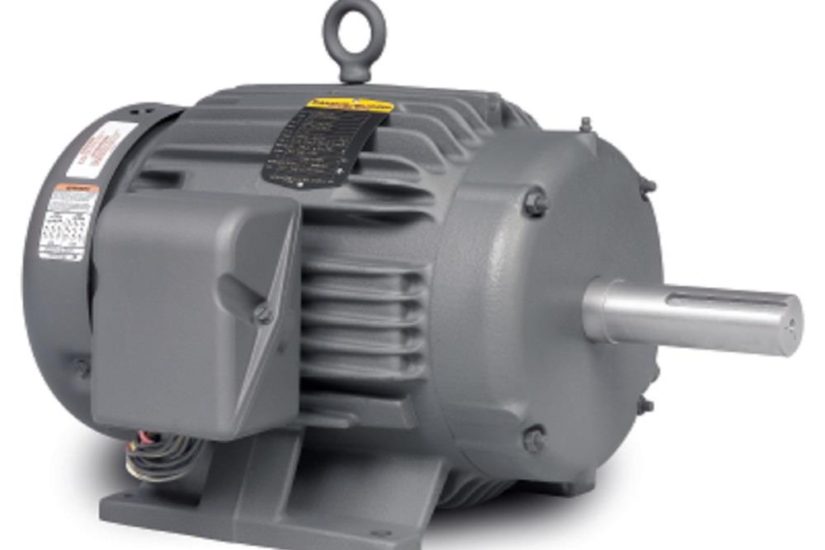Grounding in the National Electrical Code
You get reminders every day. Reminders on your phone, reminders in your email, reminders in your texts. Some reminders get kind of annoying, but some reminders are there to keep you safe. If you haven’t read article 250.4 – Grounding in the National Electrical Code lately, then consider this a reminder.
According to the US Department of Labor, “Accident statistics compiled by MSHA’s Health Safety Analysis Center indicate that approximately 14% of all electrical fatalities occur from improper or inadequate grounding.” Grounding and bonding might sound like simple concepts, especially to a journeyman or a master electrician, and it really is SIMPLE, but that doesn’t always mean it’s easy. There may even be times when you wonder if something needs to be grounded at all. Do you really need to ground everything? During my electrical apprenticeship, one Master that I worked under told me not to land the ground wires on the switches when we would wire houses. “It’s too much hassle, the boxes are too tight, and the ground wire always ends up touching one of the hots, so just don’t worry about it. No one ever gets hurt anyway…..” Really?
Article 250 – Grounding
Article 250 of the National Electrical Code covers grounding and bonding in great detail, and with all that detail, it can be easy to get lost or confused and forget that the code is there to help you accomplish something. That something is to keep those who use the electrical equipment safe and to protect property from electrical hazards. Let’s cover a sub-section that is especially important to keeping clients and loved ones safe.
“250.4(A)(3) Bonding of Electrical Equipment. Normally Non-current carrying conductive materials enclosing electrical conductors or equipment or forming part of such equipment should be connected together and to the electrical supply source in a manner that establishes an effective ground-fault current path.”
Let’s break this down….
Enclosures
What are “Normally Non-current carrying conductive materials enclosing electrical conductors”? That’s a fancy way of saying, “materials that you would pull wire (conductors) through (enclosing them) that have the ability to conduct electricity, but that you don’t want to use to conduct electricity. Typically this is something made of some type of metal, like conduit, or cable tray, or maybe even unistrut. You use these items as raceways, but not conductors.
Equipment Parts
How about Normally non-current carrying “equipment or forming part of such equipment”? That might cover items like panelboard enclosures and covers, light fixture housings, a motor housing, and even the metal piece on a switch. This article continues to tell us that “equipment should be connected together and to the electrical supply source in a manner that establishes an effective ground-fault current path.” An effective ground-fault current path is absolutely critical and this article reminds us that everything that is metallic, and contains conductors, whether it be wire or bussing, must be connected together (bonded) and be connected to the source, whether it be a transformer, generator, or photovoltaic system, providing an uninterrupted path to ground for any faults that might occur.
Potential Tragedy
Think of what would happen if you have a piece of conduit or an enclosure that isn’t bonded to the rest of the grounding system, and it’s not going to ground anywhere else. Let’s say a ground fault occurs in that enclosure or piece of pipe. Nothing would happen at first because, remember, it’s not going to ground anywhere. You’re essentially just adding length to the conductor. But when someone comes up and touches that piece of metal, they become the ground path, and they won’t enjoy what happens…. If they live through it.
How to visualize proper bonding
If you struggle to understand what proper bonding is, then here’s a way to help you visualize how it would look. Set your multimeter to the continuity setting. Now, imagine taking one lead and touching any metal component of one circuit. It could be a four square box, enclosure, conduit, locknut, appliance frame, etc. Now take the other lead anywhere in the building (yes, it would have to be extremely long). Touch another metal component used either in the same or different circuit. If you have bonded properly, the tester would show continuity between the two metal pieces you’re touching with your meter probes. All of the metal components have basically become “one unit.” That’s the reason every connection in a circuit is critical. This ground-fault path goes through conduits, locknuts, wiring, light fixture bodies, pull boxes, etc. It only takes one loose screw in a terminal bar or a loose locknut or wire nut to break a link in the fault current chain leaving the fault current to find a new path to ground.


